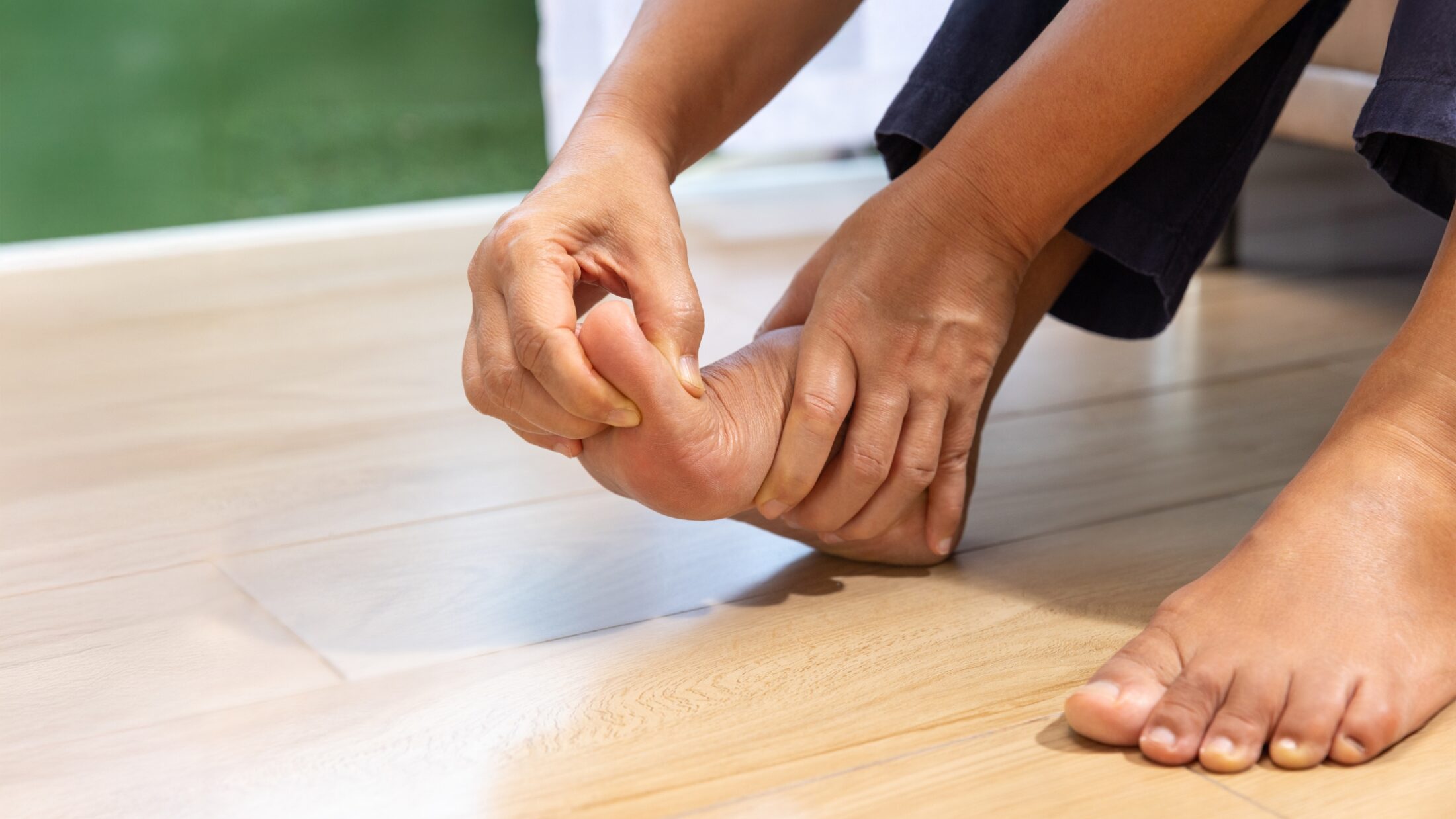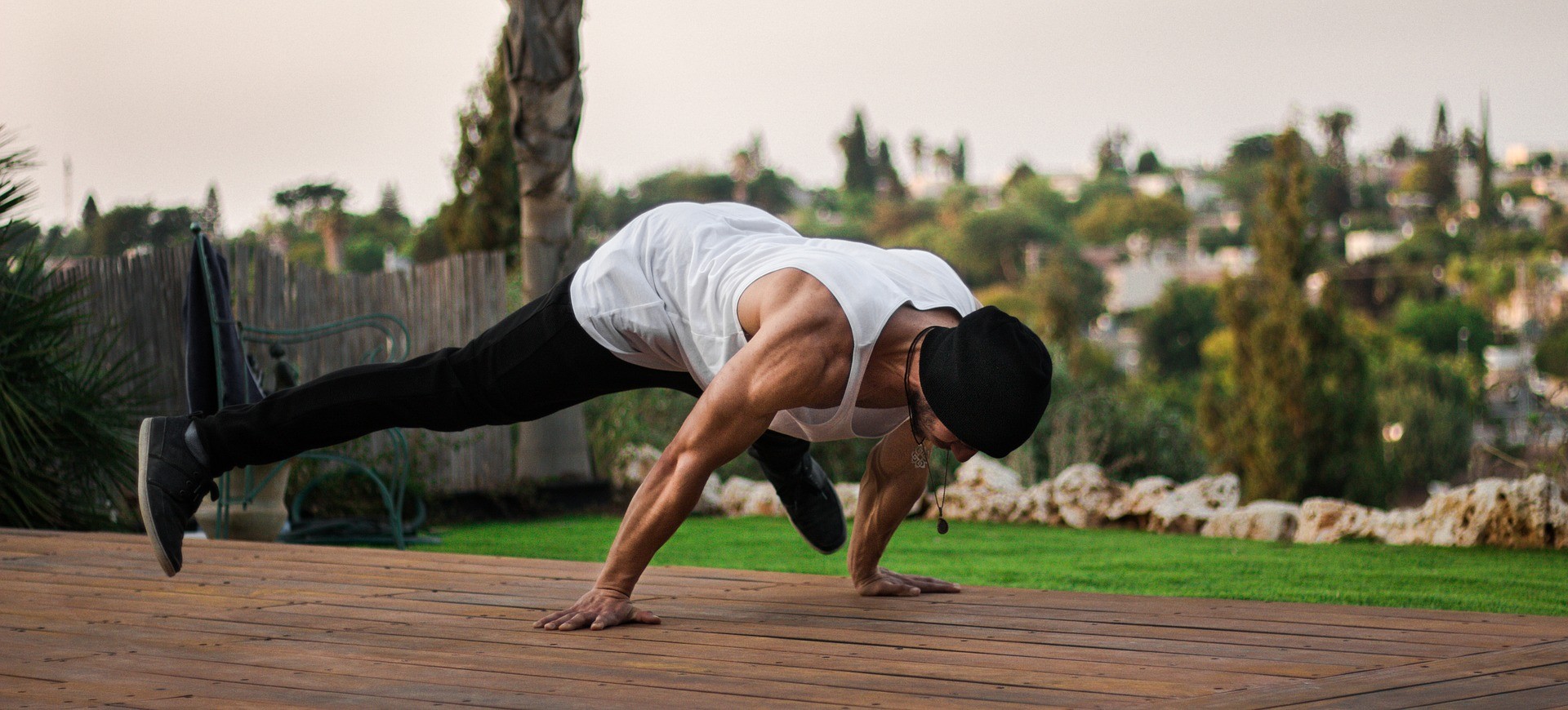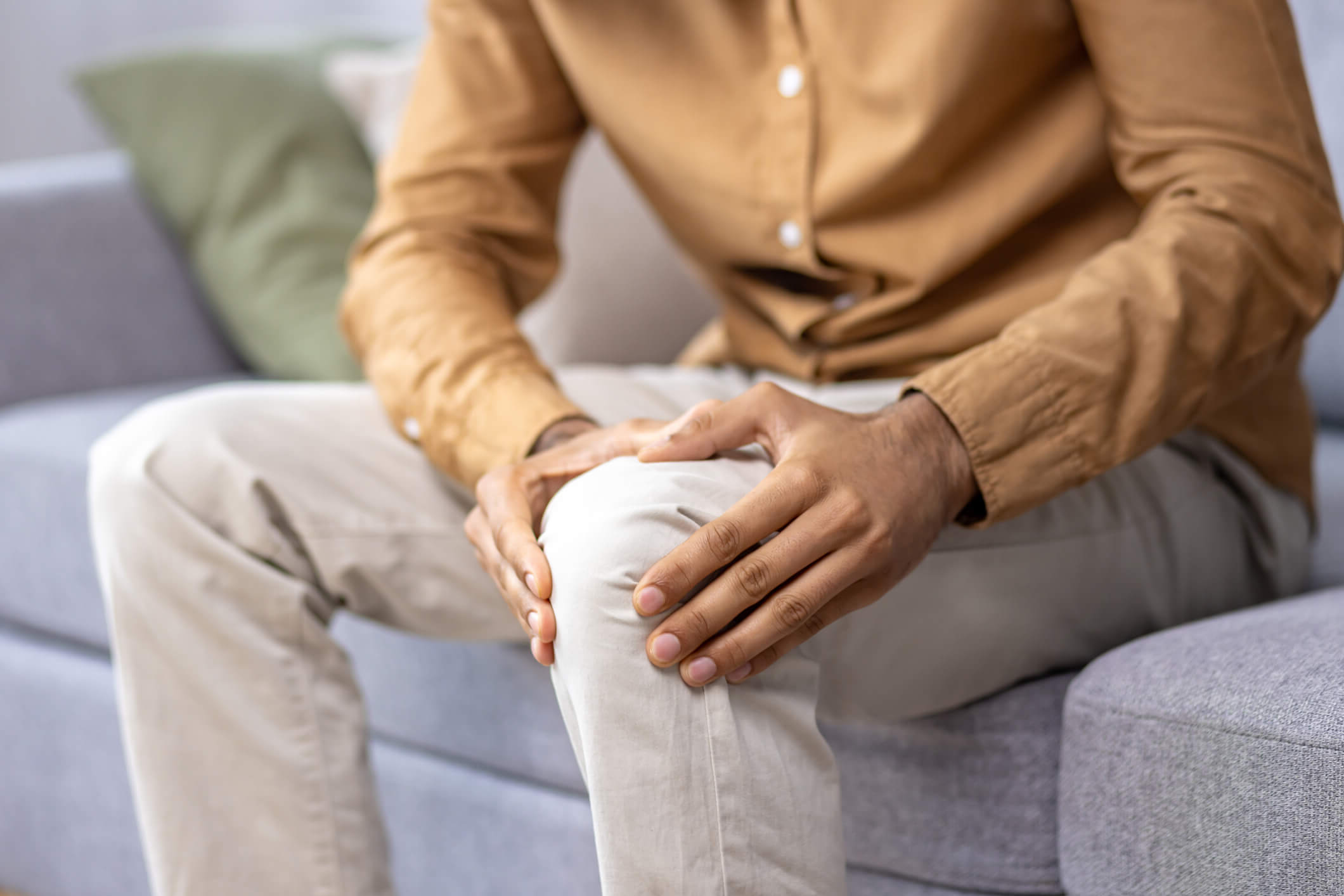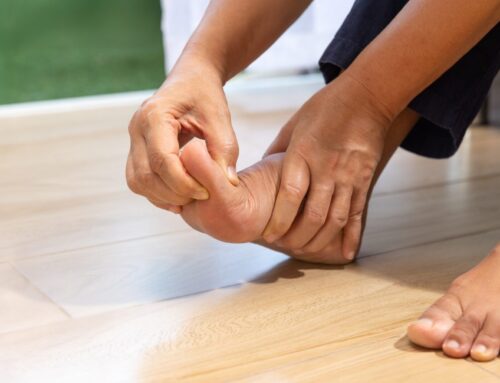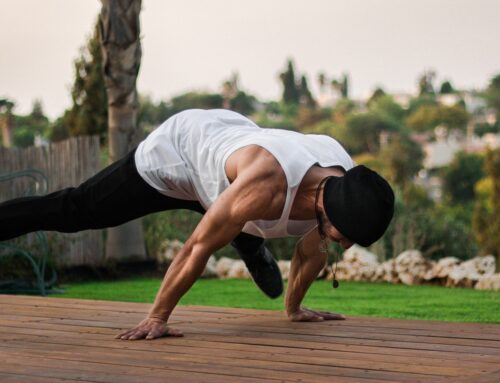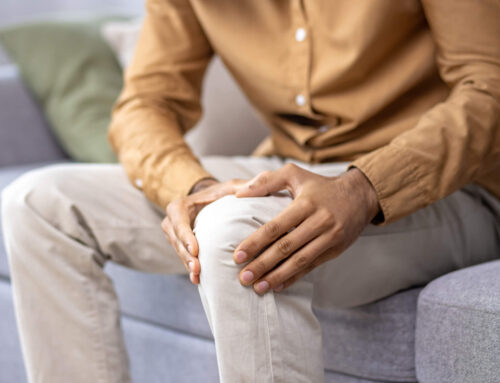Young children grow rapidly; however, not all parents recognize the importance of their child’s footwear during this process. Proper footwear is an important part of a child’s development process, directly impacts their long-term orthopedic health and should be an essential consideration for parents. Parents can prevent and address a wide range of issues by being mindful of a child’s orthopedic health early and consider Pediatric Orthotics.
When Should a Child Begin Wearing Pediatric Footwear?
Despite what many parents think, shoes are not necessary for a child until they begin to walk. Once a child starts walking, supportive shoes provide a lot of support and stability. Properly fitting, well-designed shoes are great for assisting a child with their movement as they grow. If a child is not yet walking, shoes can be more harmful than beneficial by constricting movement and altering the foot’s growth.
Ultimately, shoes that fit the foot without affecting blood flow or movement are helpful in supporting a child’s mobility. However, some children may need additional support as they grow.
Recognizing When a Child Needs Pediatric Footwear
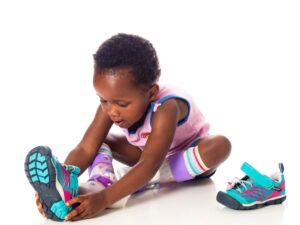
However, some children, especially younger children, may not be able to verbalize that they are in pain. Therefore, parents should pay attention to their child’s mobility and development. Changes in a child’s agility, gait and movement can all be signs of a problem in their developmental process. Some common issues that children may experience include the following.
In-Toeing or Out-Toeing
In-toeing and out-toeing occur when a child’s feet do not point straight, often as a child compensates for poor support from their foot or shoe. This can affect a child’s agility and mobility as well as cause alignment issues down the road.
Flexible Flatfoot
A flexible flatfoot may appear normal when not standing; however, when bearing weight, it decreases arch support and often coincides with in-toeing or out-toeing. This may cause muscle fatigue as a child walks and make functions like running and balancing more challenging.
Pronation
Pronation involves three parts of the foot. It occurs when the heel tilts inward, causing the toes to push out and the arch to flatten. This can lead to more significant problems down the line, like pain in the knees and hips.
Although these are just some of the potential orthopedic issues that can affect a child, each can be addressed early on with proper care. Other conditions, like congenital abnormalities, defects and injury, can be improved as well. Depending on the case, a child may benefit from orthotics, special footwear or both.
Addressing Orthopedic Issues
Fortunately, early mindfulness toward a child’s orthopedic health goes a long way. Even if a child develops an orthopedic issue at a young age, quick and proper treatment can help correct the problem before it becomes worse and develops into a long-term condition. One of the best ways to accommodate an early orthopedic issue is orthotics.
Orthotics are prescribed to restore the alignment of their feet and improve their overall mobility. For example, a supra malleolar orthosis, or SMO, is a foot and ankle brace used to correct pronation by properly aligning the heel, lifting the foot’s arch and aligning the toes with the rest of the foot. Alternatively, an ankle-foot orthosis, or AFO, supports more of the lower limb by controlling motion, addressing conditions like gait instability and forefoot abduction or adduction.
Children may need just one orthotic in order to correct a given issue or need to have multiple fitted as they grow. Every child is different, and the amount of time that they need to address an orthopedic concern will vary.
With the right orthotic braces, children will see improved comfort and mobility as the condition gradually improves. At the same time, properly fitting footwear is just as important to ensure the effectiveness of the orthotics and prevent their necessity altogether.
Finding the Proper Pediatric Footwear
Searching for proper-fitting footwear is necessary for effectively treating many conditions as well as preventing foot deformities or issues later in life. Poorly fitting footwear can cause a wide range of conditions, like bunions, corns, hammertoes and more. Shoes that are too tight can also cause ingrown toenails or even fungal infections.
Pediatric footwear for children should have a firm sole and good grip so that they are able to walk comfortably. Pediatric footwear should also fit the foot comfortably, giving enough space as not to constrict the movement or the blood flow of a child’s ankles or toes.
Parents should note that children grow rapidly, and a child’s shoe size can change within just a few months. To best address a child’s needs, parents should check the fit of their child’s shoes every month. When buying new pediatric footwear, parents should have the child present to ensure that the footwear fits correctly. For the most support possible, a child should wear their orthotic underneath their shoes.
Depending on their age, children may be unhappy with wearing an orthotic due to its appearance or noticeability. However, orthopedic footwear and shoes are improving to either hide the orthotic or make it less noticeable. Footwear companies are designing shoes that are more accommodating to orthotics and corrective footwear, providing more flexibility, depth and durability. This is more comfortable for the child while also making it less necessary for parents to purchase multiple pairs of shoes to accommodate the adaptive footwear.
All in all, choosing footwear that is supportive and comfortable for a child should be a key consideration for parents of a growing child. Making the right decisions early is beneficial to a child in the present and makes a big impact on their future orthopedic health.
Supporting Your Child’s Foot Health
Altogether, the importance of pediatric orthopedic health is becoming more widely known, meaning that there is a greater abundance of options for addressing a potential issue. As long as parents are aware of the potential dangers of neglecting their child’s orthopedic health and take the appropriate steps to look out for their child, there is no need to worry.
If an issue does present itself, the right orthotic treatment can properly correct the problem and improve a child’s mobility when addressed right away. Addressing a child’s orthopedic health early will go a long way toward their future wellness.
Share This Story, Choose Your Platform!
Table of Contents
We specialize in orthotics, body braces, and compression wear tailored to your unique needs in Toronto. Reach out to us at info@caremed.care or call 416-782-5353 to book your fitting and consultation.
Experience the difference of customized solutions designed just for you.


